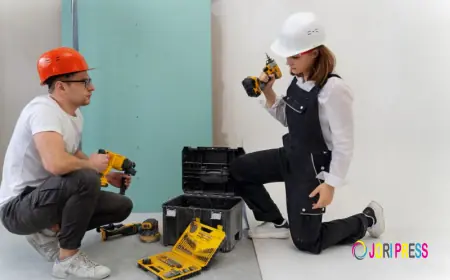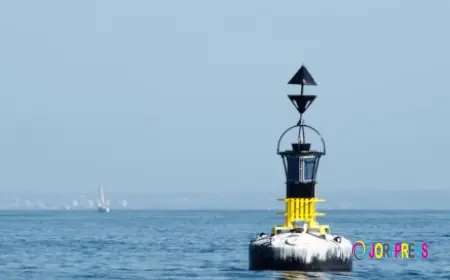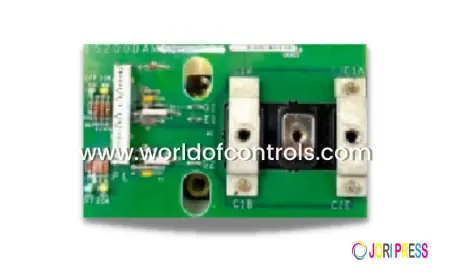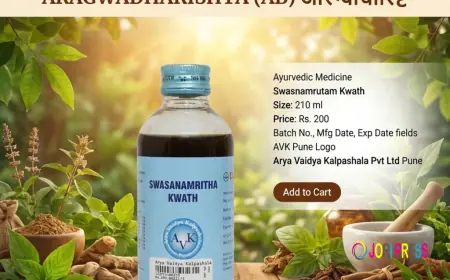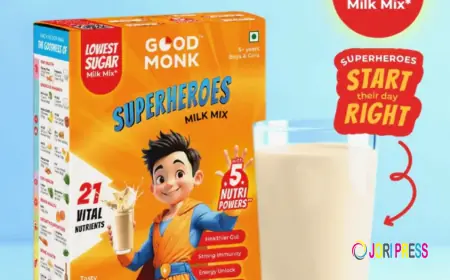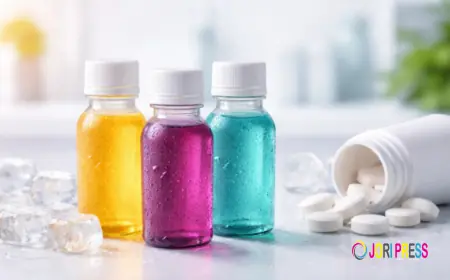Water-Cooled Heat Exchangers Work Principle & Types: A 2025 Guide
Discover how water-cooled heat exchangers work, their types, and key benefits in this 2025 guide for efficient industrial cooling solutions.
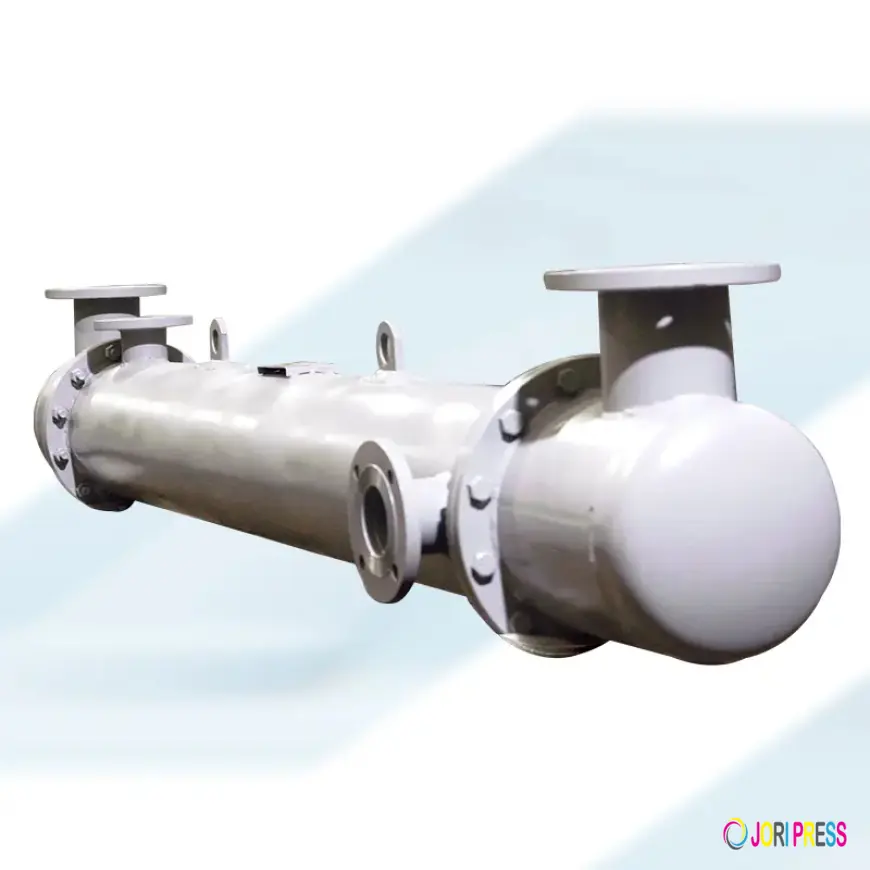
A water cooled heat exchanger is equipment that is used to transfer heat between the fluids. This high-grade machine offers a high thermal efficiency. It is used for effective heat transfer due to its efficiency in chemical plants, power plants, as well as HVAC systems. The cost-efficiency and the eco-friendly nature are what make it the favorite of the operators as well as the engineers who want precise thermal operations. In this post, we will break down the working principles of water-cooled heat exchangers and their types. Let’s dive in…
Understanding the Water-Cooled Heat Exchanger
Before understanding the functioning of the thermal transfer tool, it is first important to understand what it does. It is a heat transfer device that absorbs and transfers the heat between the hot as well as cold fluids without mixing them. The water-cooled heat exchanger relies on water for the heat transfer process, which makes the process more efficient as water has a high heat capacity. It is apt for applications that require large cooling capacity. Now let’s talk about the machine’s working principle:
-
Hot Fluid Inlet: In this part of the machine, there is a pathway through which the hot fluid or the gas passes and enters the heat exchanger.
-
Heat Transfer Surface: The hot fluid flows over or through the tubes and plates, which are made from thermally conductive material.
-
Cooling Water Circulation: While hot water is on one side, the cooling water flows on the other side of the tube.
-
Heat Transfer: The heat energy, which is absorbed from the hot fluid, is passed through the metal surface and is absorbed by the cooler water.
-
Fluid Outlet: Now the cooled fluid leaves the heat exchanger, while the water continues to be in the cooling tower to be further cooled down.
Types of Water-Cooled Heat Exchangers
Now that you know how the water-cooled heat exchanger works, let us understand its different types:
Shell & Tube Heat Exchanger
It is one of the most common types of heat exchangers. It consists of a shell and a tube. One fluid flows inside the tube, while the other flows inside the larger shell. The tube consists of a large surface area, which leads to better heat exchange. This machine is versatile and can handle a wide range of pressures. The components are simple and easily accessible, which further allows easy maintenance.
Plate Heat Exchanger
This machine consists of a series of thin plates that are stacked together, creating alternative channels for hot and cold water. The compact design, high heat transfer efficiency make it a user favorite.
Cooling Tower Heat Exchange
In this process, the heated water from the exchanger is sent to the cooling tower, where the water is cooled by evaporation, and then it is recirculated. These heat exchangers are a part of a larger industrial facility cooling system, which ensures smooth operations.
Common Applications of Water-Cooled Heat Exchangers
The water-cooled heat exchangers have a wide range of applications. Here are a few to mention:
-
Power Generation: The heat exchanger is used in the steam in the condensers to maximize the turbine efficiency.
-
Chemical Processing: The machine is used to maintain the temperature control in the reactors or the separators.
-
Petrochemical Industry: Even in the heavy-duty industries, it is used for cooling the oil or the gas streams to the required temperature.
-
HVAC Systems: It is one of the major components in the HVAC systems. In the large industries, it is used in the air-conditioning system to regulate the temperature in large spaces.
-
Marine Industry: Ships are heavy-duty equipment whose motor needs frequent cooling so that they are able to function efficiently. It acts as a lubricant for the heated engine or submarines.
Conclusion…
Now that you know everything about the water-cooled heat exchanger and its wide range of benefits, it is time to pick the one that meets your expectations. If you want to ensure smooth heating solutions, Abe & Hex India Private Limited is one of the best manufacturers to rely on. They source the raw materials from the trusted vendors in the market. Each of the components goes through a strict quality check, ensuring that the product they have created is finest quality. They take pride in creating products that are according to the specific needs and specifications of the client.
Frequently Asked Questions…
What is a Water-Cooled Heat Exchanger?
It is a device that is used to transfer the heat efficiently from one liquid to another. The hot fluid flows through a set of channels (tubes), while the cool water flows through another set in close contact. Heat is transferred from the hot fluid to the water, leading to the cooling of the hot fluid.
What are the Benefits of a Water-Cooled Heat Exchanger?
-
Efficiency: Water can absorb more heat than air, making the system more effective.
-
Compact: Though the machine is smaller in size, its capacity is equal to the air-cooled chiller, which makes it a practical cooling solution.
-
Noiseless Operations: No large fans or bowlers are needed, which ensures silent operations.
-
Stable Performance: The robust body ensures better thermal control, especially for high-heat applications.
What are the Different Types of Water-Cooled Heat Exchangers?
-
Shell & Tube: Tube carries one fluid, shell contains another.
-
Plate Heat Exchanger: Made with thin metal plates with water & fluid channels.
-
Brazed Plate: Compact and sealed, it is used for smaller systems.
-
Double Pipe: It is easy and compact, apt for low-capacity applications.
What are the Maintenance Tips for a Water-Cooled Heat Exchanger?
-
Regularly clean the insides of the tube to prevent fouling and scaling.
-
Inspect the tube for corrosion and leaks.
-
Monitoring the water quality. (It should not be hard or corrosive water)
-
Checking the flow rates and temperature to ensure proper performance.
What's Your Reaction?
 Like
0
Like
0
 Dislike
0
Dislike
0
 Love
0
Love
0
 Funny
0
Funny
0
 Angry
0
Angry
0
 Sad
0
Sad
0
 Wow
0
Wow
0






